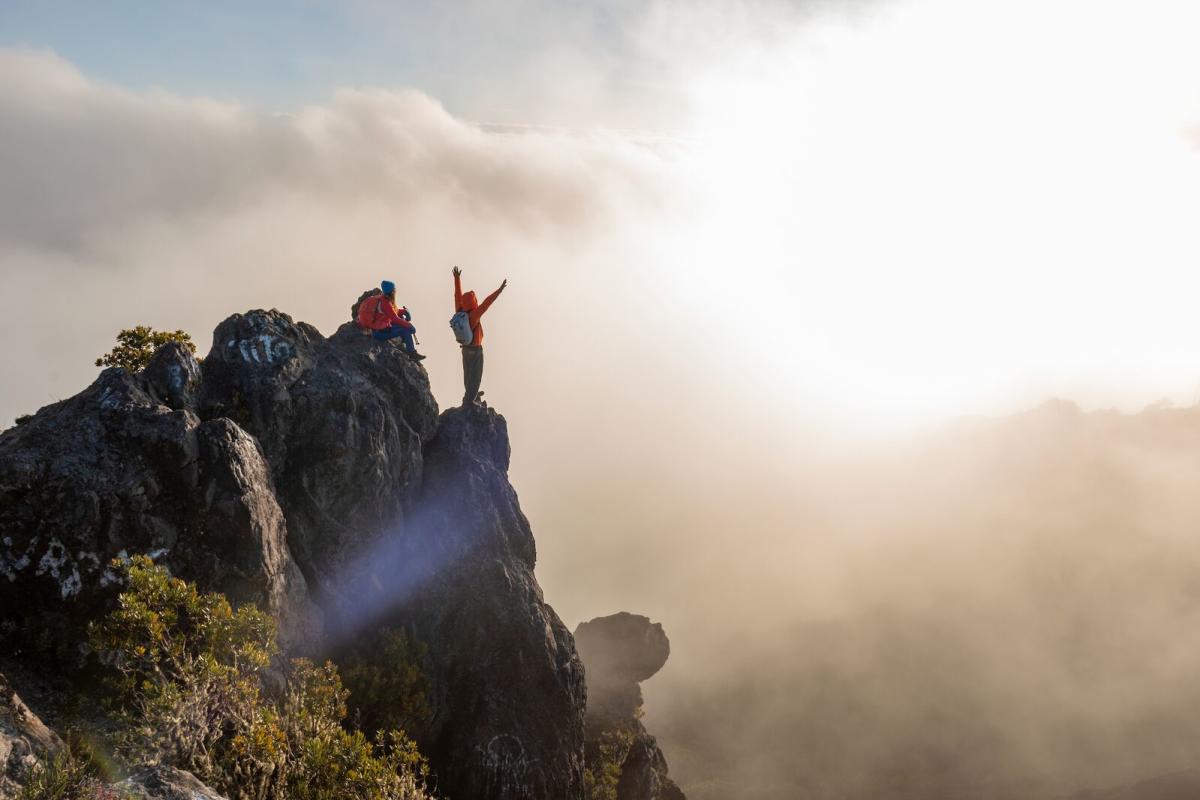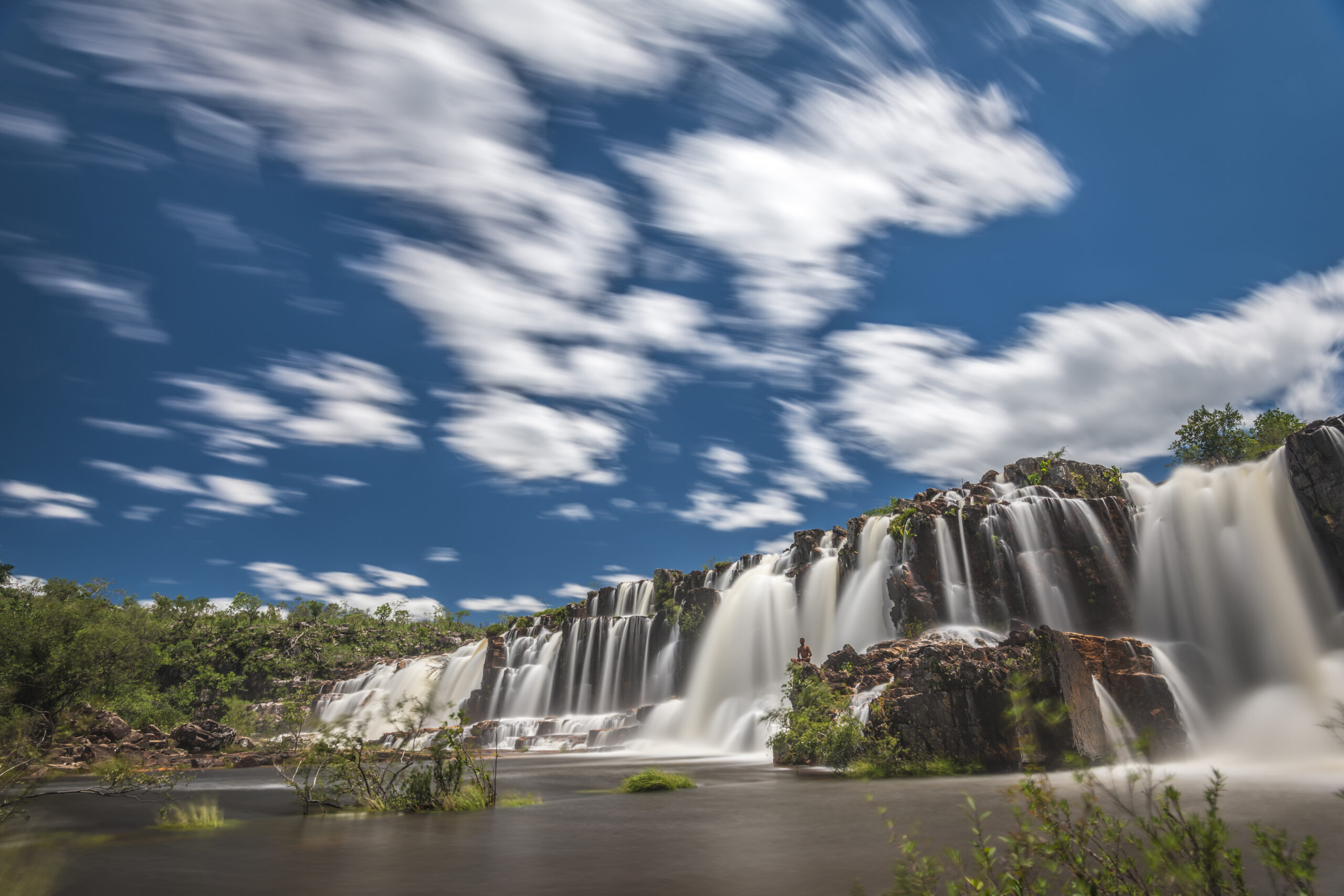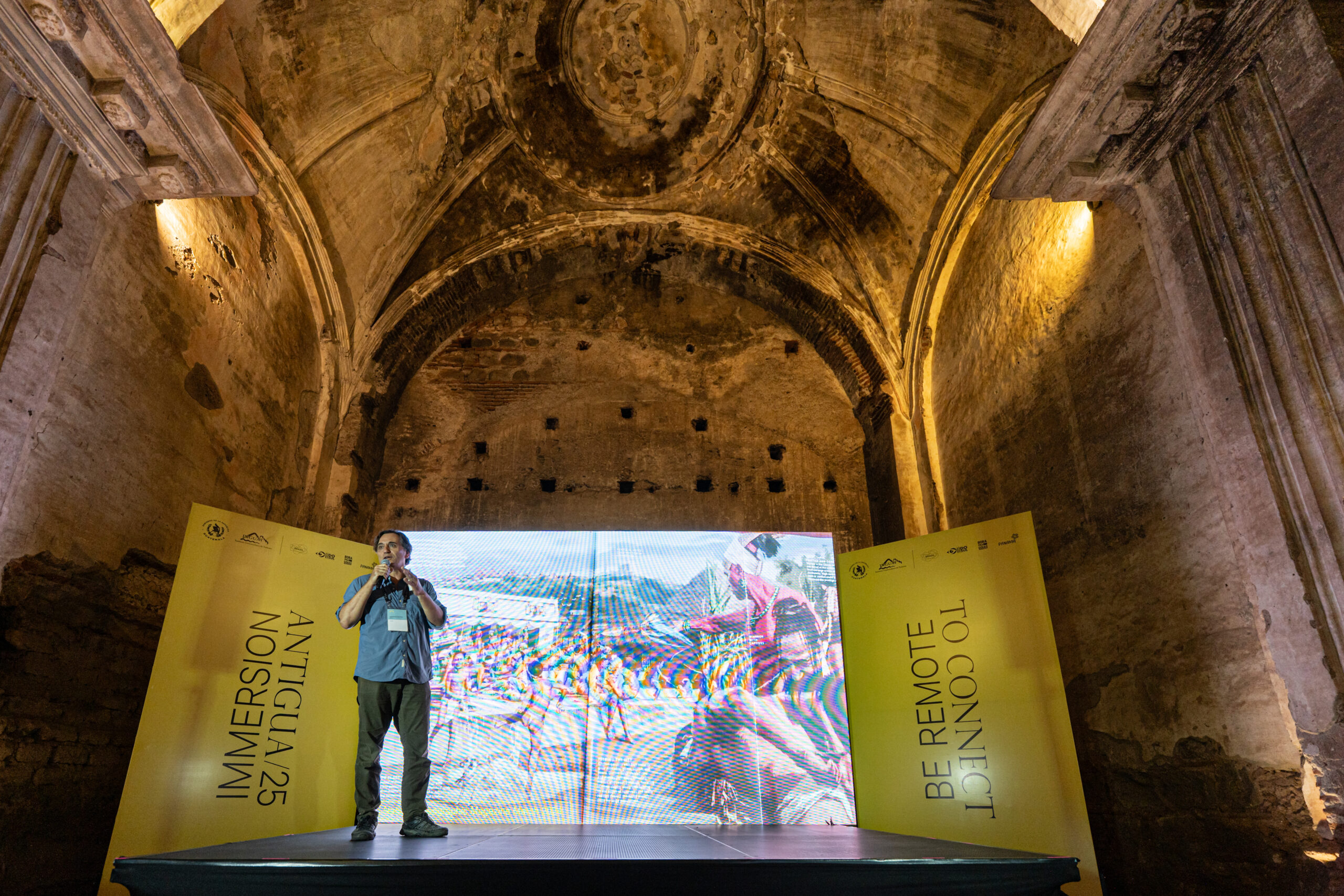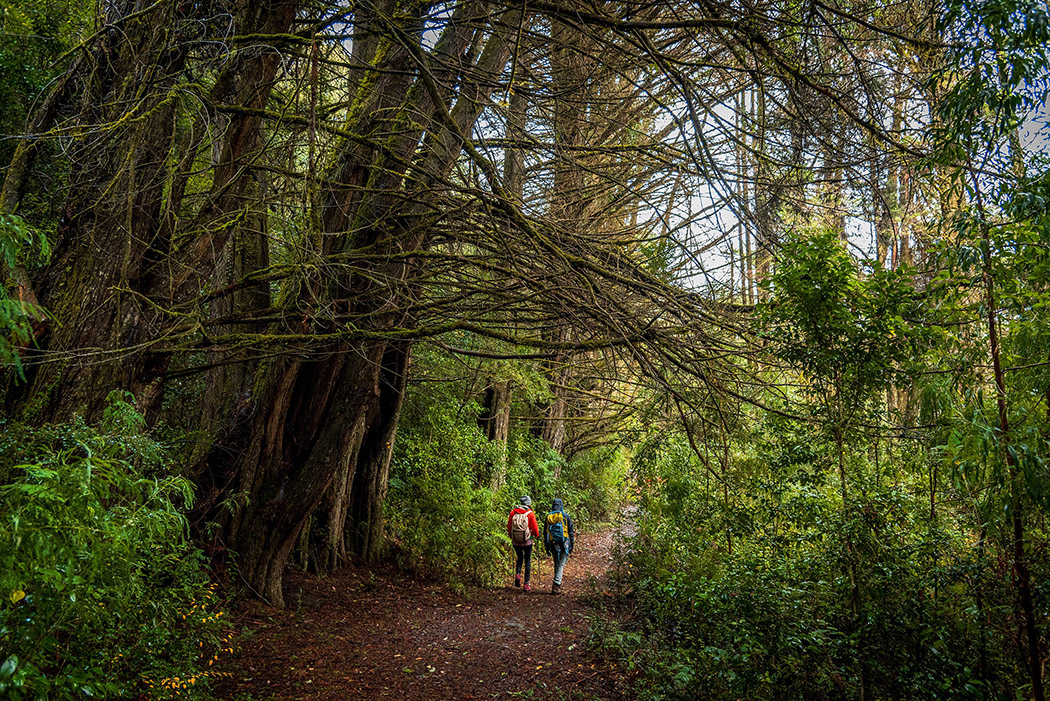
Chile, our host destination for the REMOTE Immersion Puyehue 2024, a country of stunning contrasts and diverse landscapes, is home to some of the most spectacular preserved natural areas in the world. With 46 National Parks, 45 National Reserves, 18 Natural Monuments and four Marine Reserves, Chile protects more than 20% of its territory, reflecting the country’s potential and commitment to conserving and caring for its natural heritage. From the arid Atacama Desert in the north to the icy fjords of Patagonia in the south, Chile’s National Parks offer a wealth of natural beauty, thrilling outdoor adventures and numerous opportunities to promote responsible tourism.
Efforts to protect and replenish these natural treasures include important conservation and wildlife programs, regulated tourism activities and community involvement – practices that have already become a priority for many tourism professionals, companies and destinations. Visitors are also encouraged to follow Leave No Trace principles, respect wildlife and support local communities to ensure that these pristine environments are preserved for future generations.
After reaching the summit of La Campana Hill, now in La Campana National Park, British naturalist Charles Darwin wrote in his book “A Naturalist’s Voyage Round the World”: We spent the day on the summit, and I never enjoyed one more thoroughly. Chile, bounded by the Andes and the Pacific, was seen as in a map.
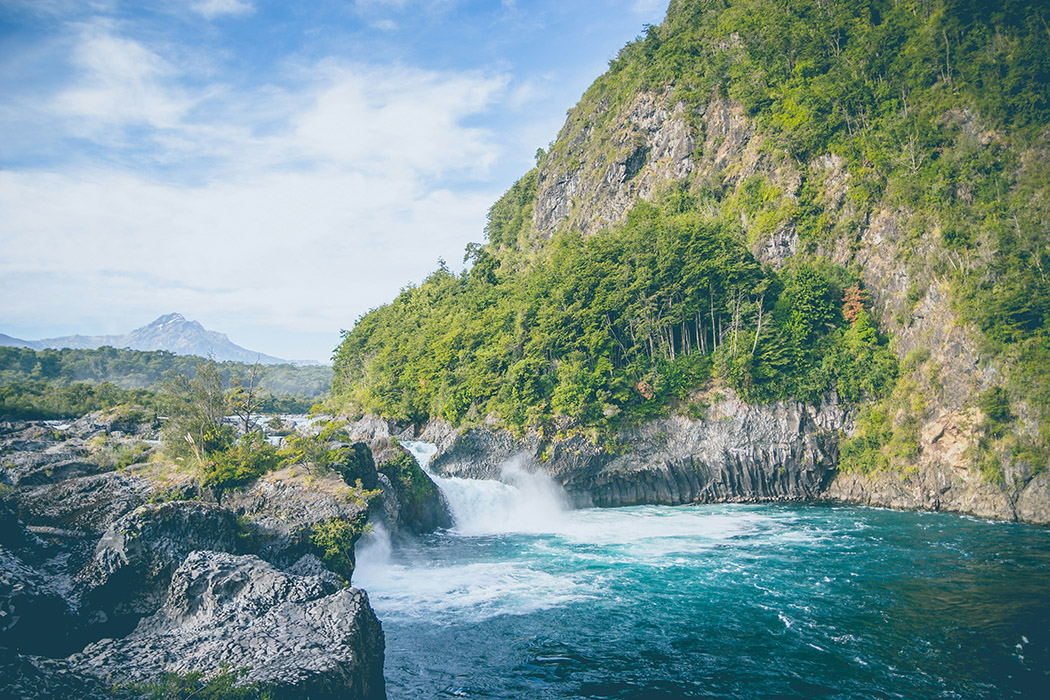
In January of 2024, Chile became the first country in the world to ratify the Global Ocean Treaty, a historic agreement that seeks to protect 30% of the high seas by 2030. The Rapa Nui Marine Protected Area is, in fact, one of the world’s largest marine protected areas. In the previous year, 2023, three new national parks joined the National System of State-Protected Wildlife Areas (SNASPE): the Salar del Huasco (Tarapacá Region), Desierto Florido (Atacama Region) and Glaciares de Santiago (Metropolitan Region). In March of 2024, the new Cabo Froward National Park (PN) was created in the Magallanes Region.
Here are six of Chile’s national parks that are well worth exploring:
Puyehue National Park – Valdivia and Osorno provinces
Los Ríos and Los Lagos regions
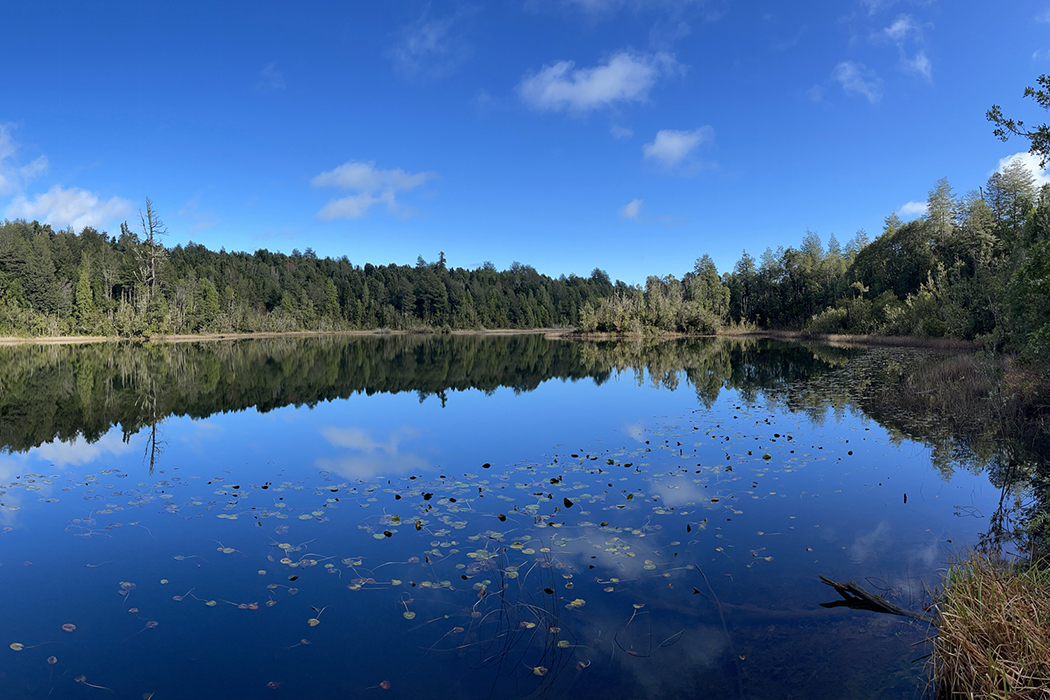
Nestled in the scenic Lakes District and home to our REMOTE Immersion 2024, Puyehue National Park contains over 107,000 protected hectares of lush temperate rainforests, serene lakes, snow-capped volcanoes and soothing hot springs. The park is not only a wildlife sanctuary but also a hotspot for sustainable tourism. Visitors can immerse themselves in the natural splendor while engaging in ecotourism and wellness activities such as hiking, birdwatching and soaking in the natural hot springs at Termas de Puyehue.
The park’s well-maintained trails, such as El Pionero, Aguas Calientes and El Indio, feature varying levels of difficulty, catering to both casual walkers and seasoned hikers. One of the park’s highlights is the Puyehue Volcano, which offers adventurous visitors the opportunity to hike its slopes and enjoy panoramic views of the surrounding wilderness. The park is also home to an array of wildlife, including pumas, Andean foxes and numerous bird species; a paradise for nature enthusiasts and wildlife photographers alike.
Where to stay – Puyehue Wellness & Spa Resort
A luxurious retreat nestled in picturesque Puyehue National Park in Chile, the hotel is renowned for its stunning natural surroundings, offering a serene escape with its thermal springs, elegant accommodations, and a wide array of wellness services. Guests can indulge in rejuvenating spa treatments, savor gourmet cuisine and explore the breathtaking landscapes by participating in various outdoor activities.
Torres del Paine National Park – Ultima Esperanza province
Magallanes and Chilean Antarctic Region
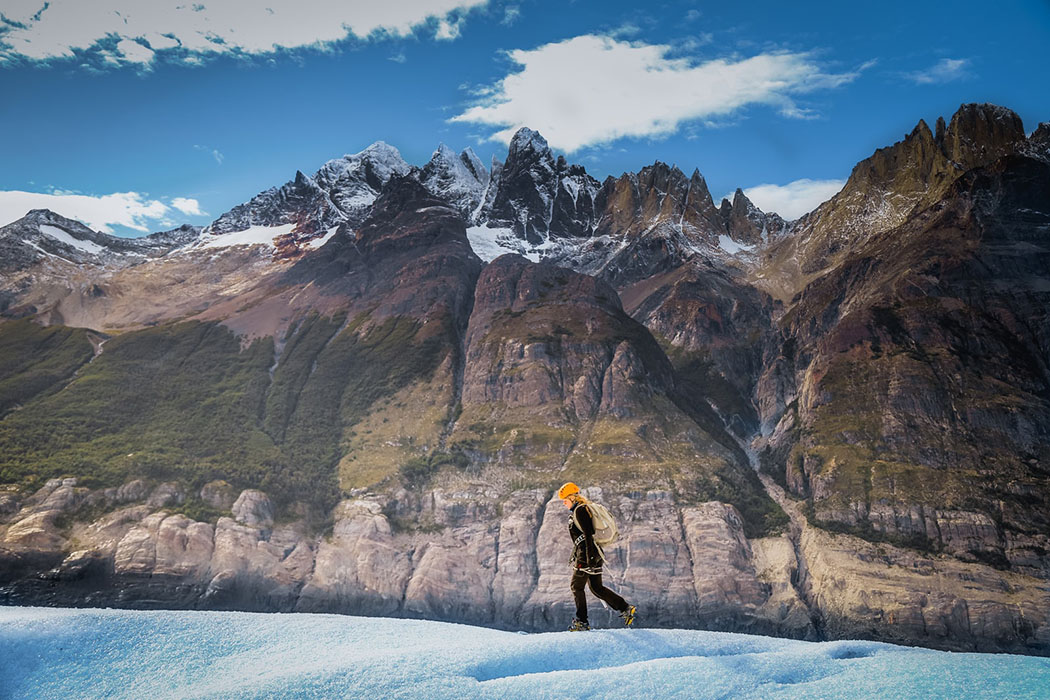
Located in the heart of Chilean Patagonia, Torres del Paine National Park is a must-visit destination for nature lovers and adventure seekers. Famous for its towering granite peaks, crystal-clear lakes and sprawling glaciers, this park is a paradise for hikers, mountain climbers and wildlife enthusiasts. The iconic W Trek, a five-day hike, and the more challenging Circuito O take visitors through some of the park’s most spectacular landscapes, including the awe-inspiring Grey Glacier and the striking Torres del Paine themselves.
Spanning over 242,000 hectares, the park features a diverse range of ecosystems. A haven for wildlife, it provides refuge to a variety of species such as guanacos, Andean condors and the elusive puma. The park’s diverse habitats support a wealth of biodiversity, making it a prime destination for nature enthusiasts and wildlife photographers. Efforts to promote sustainable tourism are evident throughout the park, with eco-friendly accommodations and initiatives to minimize human impact on the environment. By adhering to practices of responsible tourism, visitors can bask in the park’s beauty while contributing to its preservation, ensuring that Torres del Paine remains an untouched natural wonder for generations to come.
Where to stay – The Singular Patagonia
Housed in a meticulously restored early 20th-century industrial building, the hotel seamlessly blends heritage with modern elegance. The Singular Patagonia offers unique experiences, including excursions into the pristine wilderness of Torres del Paine National Park and boat trips through the fjords of south Patagonia.
Rapa Nui National Park – Easter Island province
Isla de Pascua
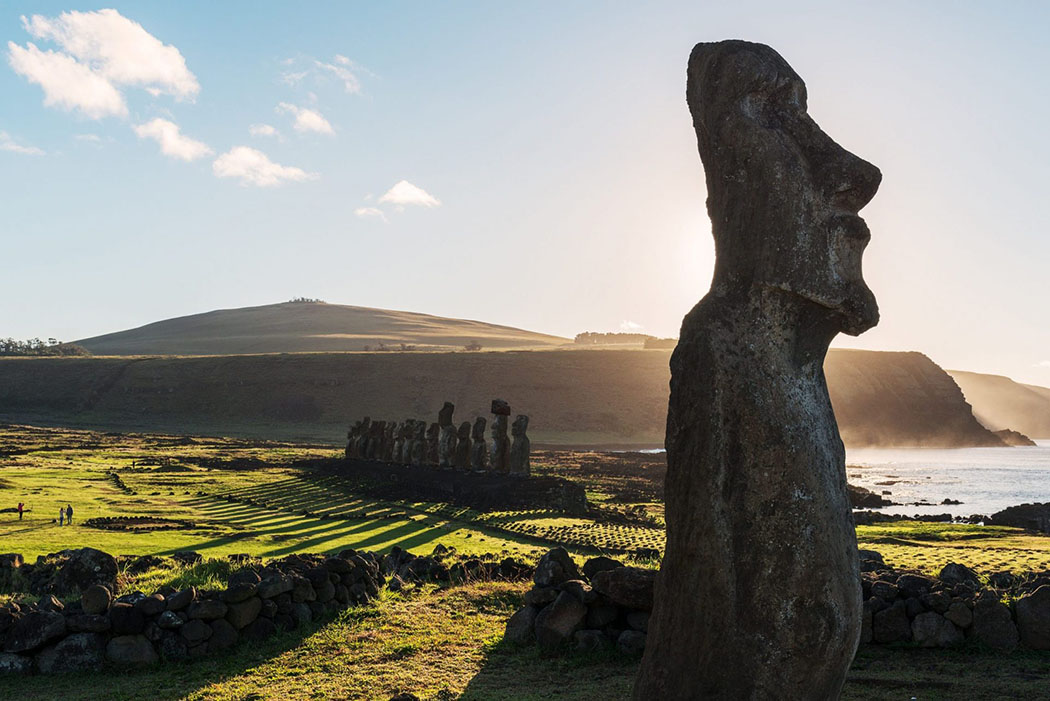
Rapa Nui National Park, located on Easter Island, is a UNESCO World Heritage Site renowned for its mysterious Moai statues and indigenous traditions. The massive stone figures, carved by the island’s early inhabitants, offer a fascinating glimpse into the island’s unique culture and history. The park also boasts beautiful coastal scenery, volcanic craters and lush green hills. Visitors can explore the ancient ceremonial village of Orongo, the quarry at Rano Raraku and picturesque Anakena Beach.
In addition to its archaeological and cultural treasures, Rapa Nui National Park is dedicated to preserving the island’s unique environment and promoting sustainable tourism. Efforts to protect the island’s fragile ecosystems are evident through initiatives to control visitor access, maintain trails and support local conservation projects. Exploring the park offers a deep connection to the ancient Rapa Nui civilization, while also highlighting the importance of preserving this remarkable heritage for future generations. Whether marveling at the enigmatic moai, hiking to the summit of Terevaka, the island’s highest point, or enjoying the pristine beaches, Rapa Nui National Park provides an unforgettable experience steeped in history and natural wonder.
Where to stay – Nayara Hangaroa
Nayara Hangaroa is a stunning eco-friendly hotel located on mystical Easter Island, offering a unique blend of luxury and culture. Inspired by the rich Rapa Nui traditions, this exquisite retreat features beautifully designed rooms with panoramic views of the Pacific Ocean. Travelers can indulge in world-class amenities, savor gourmet cuisine crafted from locally sourced ingredients and immerse themselves in the island’s vibrant heritage through curated cultural experiences.
Vicente Perez Rosales National Park – Osorno and Llanquihue provinces
Los Lagos region
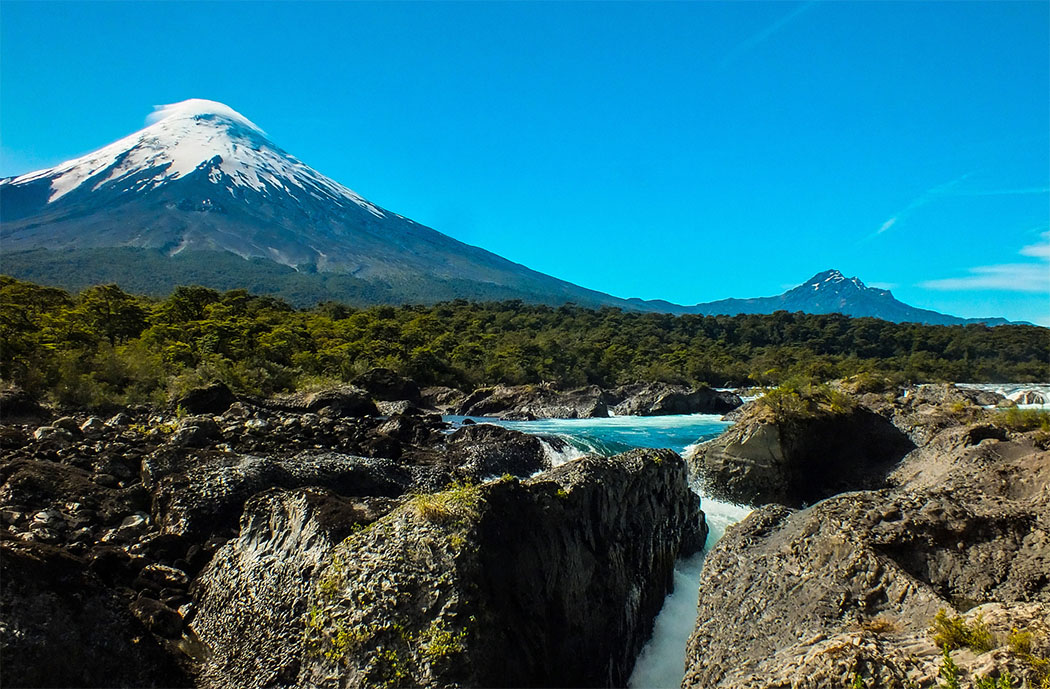
The oldest national park in Chile, Vicente Pérez Rosales National Park is a jewel of the country’s Lake District. Established in 1926, the park spans more than 250,000 hectares and showcases a breathtaking array of natural wonders. Dominated by the towering Osorno Volcano, with its perfect conical shape and snow-covered peak, the park offers visitors stunning vistas and numerous adventure opportunities. The park is also home to the beautiful Todos los Santos Lake, whose emerald-green waters are surrounded by lush forests and dramatic mountains.
The Petrohué Waterfalls, with their powerful cascades rushing through volcanic rock formations, provide another striking natural attraction that draws visitors from around the world. Aside from its stunning landscapes, Vicente Pérez Rosales National Park is a sanctuary for diverse flora and fauna. The park’s temperate rainforests are rich with ancient trees, including the majestic coihue and alerce, providing habitat for various wildlife species such as pumas, foxes and the endangered Andean deer, known as the huemul. On top of being Chile’s oldest park, it is also the most visited. In 2020, Vicente Pérez Rosales National Park registered a total of 307,000 visitors.
Where to stay – Tawa Refugio del Puelo
This secluded retreat offers guests rustic charm and modern comfort, surrounded by lush forests, pristine rivers and majestic mountains. The lodge’s cozy accommodations, crafted from local materials, provide an intimate connection with nature. With its commitment to sustainability and respect for the environment, Tawa Refugio del Puelo promises a peaceful and rejuvenating escape.
Chiloé National Park – Chiloé province
Los Lagos Region
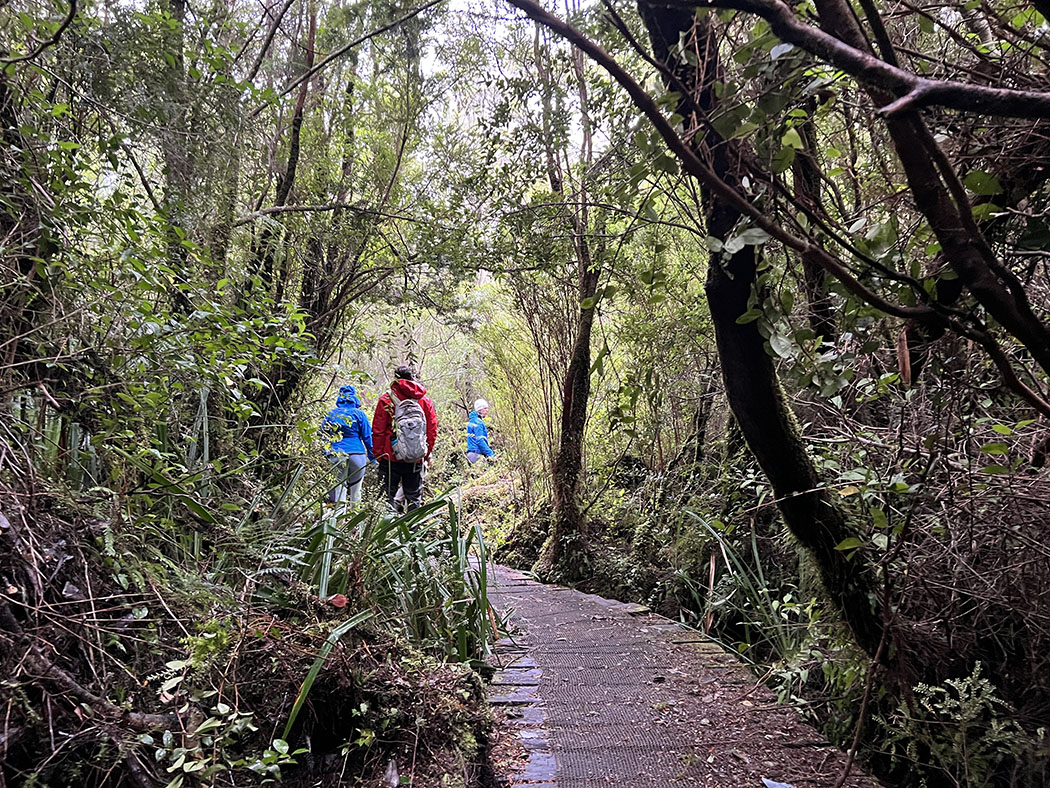
A captivating blend of lush rainforests, rugged coastline, endemic plant and animal species and rich cultural heritage makes Chiloé National Park a magical experience. Located on the western coast of Chiloé Island in southern Chile, the park covers more than 430 square kilometers; a sanctuary of temperate rainforests dominated by ancient trees. The diverse landscapes include rolling dunes, wetlands and pristine beaches such as the stunning Playa Cole-Cole, which offers breathtaking views of the Pacific Ocean. This unique environment provides visitors with numerous opportunities for outdoor activities, including hiking, birdwatching and observing the coastal marine life.
The cultural wealth of Chiloé National Park is equally remarkable, reflecting the deep-rooted traditions of the Huilliche indigenous people and the archipelago’s history. The park is dotted and surrounded by small villages and communities where visitors can experience local customs, traditional wooden churches and the distinctive palafitos, colorful houses built on stilts along the water’s edge. Sustainable tourism practices are a key focus inside the park, with efforts to protect its diverse ecosystems and support local communities.
Where to stay – Tierra Chiloé
An enchanting boutique hotel situated on Chile’s captivating Chiloé Island, Tierra Chiloé blends modern comfort with traditional Chilote architecture, offering a warm, intimate atmosphere. Guests can enjoy well-appointed accommodations with breathtaking views of the surrounding landscapes, including lush hills and serene waters.
Desierto Florido National Park – Copiapó province
Atacama Region
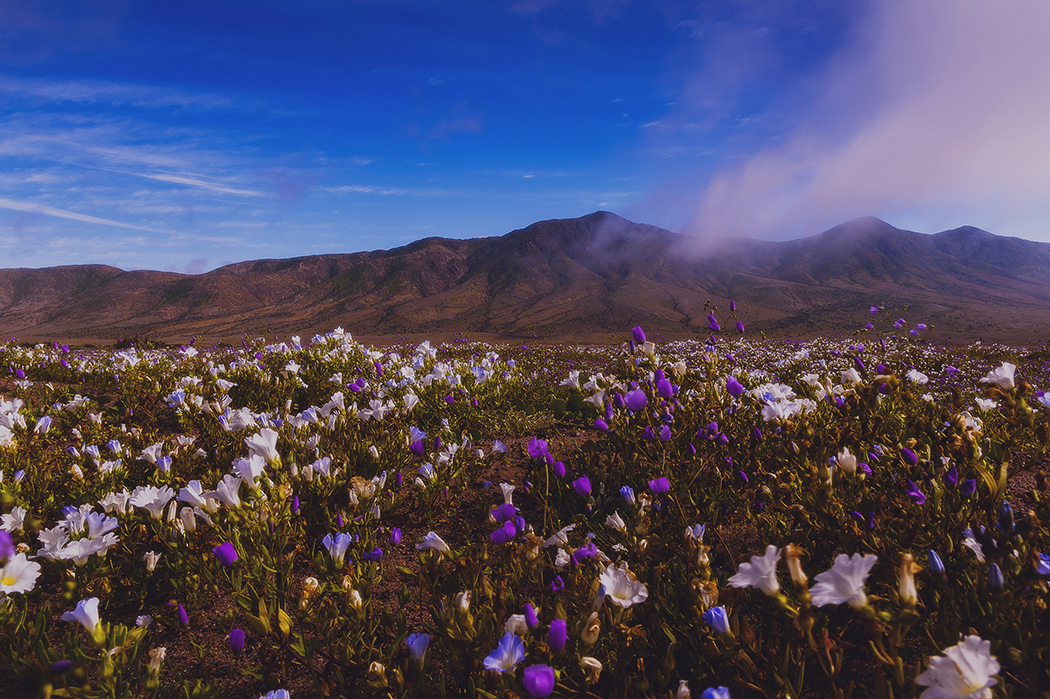
A field of flowers in the driest desert on Earth. Founded in 2023, Desierto Florido National Park is a remarkable testament to the resilience and beauty of nature. Located in the heart of the Atacama Desert, in northern Chile, the park is famous for the phenomenon known as the Desierto Florido, or “Flowering Desert,” where unexpected rainfalls transform the arid landscape into a vibrant tapestry of blooming wildflowers. Occurring primarily between September and November, the event showcases over 200 species of flowering plants.
In addition to its floral spectacle, Desierto Florido National Park plays a crucial role in the conservation of the unique desert ecosystem. The park provides a temporary sanctuary for a variety of wildlife, including insects, birds and small mammals that thrive during the blooming period. Conservation efforts within the park focus on protecting this delicate environment from the impacts of climate change and human activity. By promoting awareness and responsible visitation, Desierto Florido National Park aims to preserve its natural wonders for future generations. Whether exploring the colorful fields of flowers or studying the diverse flora and fauna, the park’s visitors can experience the awe-inspiring resilience and beauty of one of the world’s most extreme environments.
Where to stay – Explora Atacama
The lodge is located in the oasis of San Pedro de Atacama, on the beautiful Ayllu de Larache, once inhabited by ancient Atacameño families. San Pedro is a charming adobe town surrounded by the desert’s most dramatic features: salt flats, volcanoes, geysers, hot springs and windswept sand dunes.
